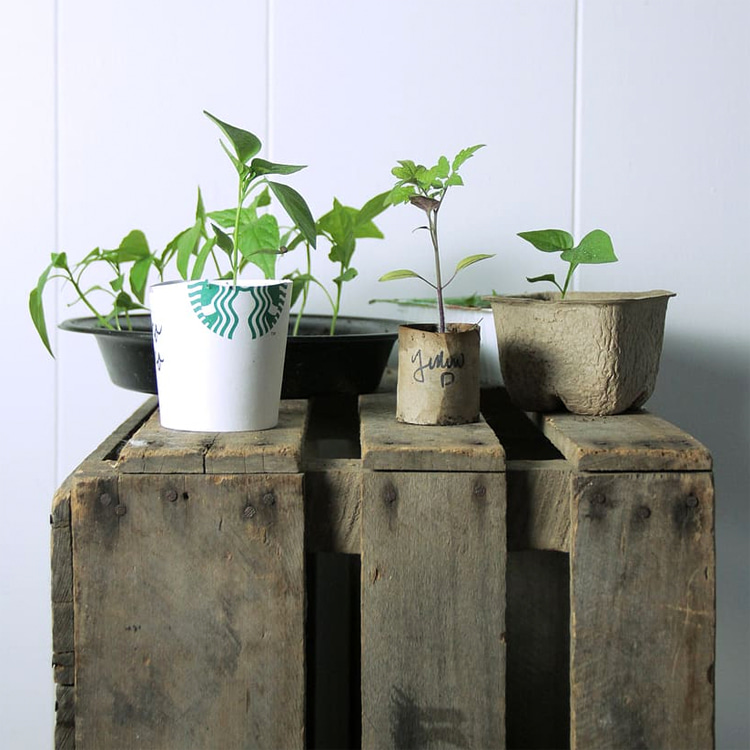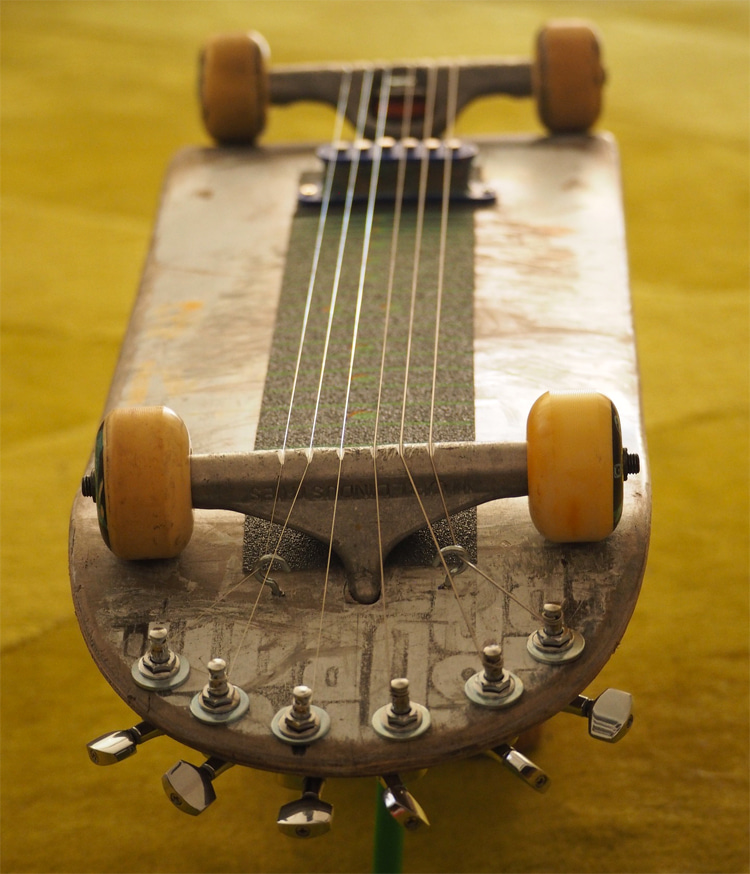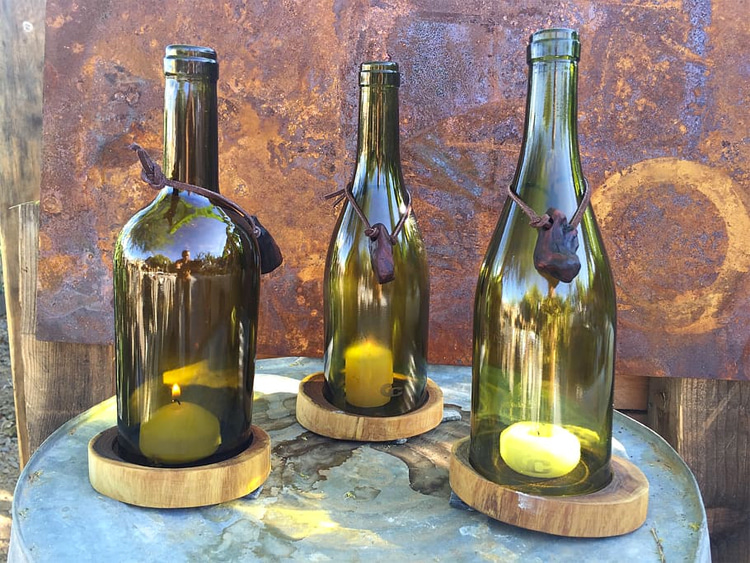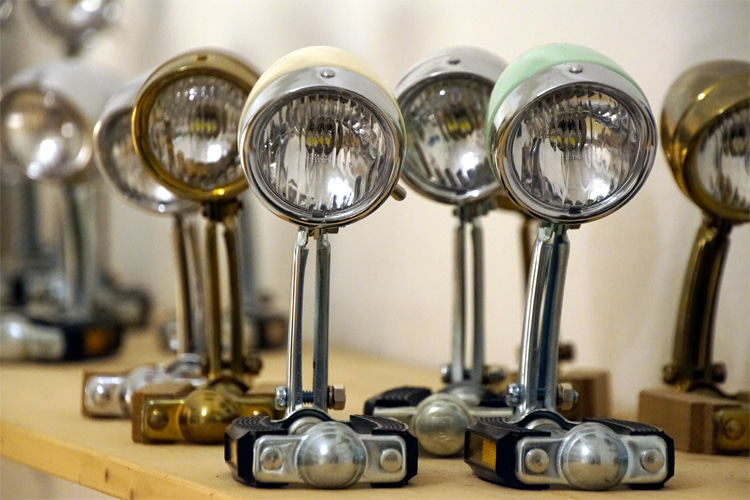Upcycling is the process of transforming unwanted or useless products and waste materials into new, higher-value items that would otherwise be thrown away.
It's a form of recycling, also known as creative reuse, that adds value and new purpose to old materials.
When someone upcycles, they are taking a product or material that would typically be thrown away and turning it into something useful.
Upcycling is giving new life to discarded objects.
Upcycled objects include everyday items such as furniture, ceramic materials, cans, clothing, and glassware - almost everything.
When you convert waste materials or useless products into new materials or products of better quality for better environmental value, you're basically upcycling.
Some say upcycling is the recycling of the future, as it is becoming increasingly popular worldwide.

Single-Use Products Are Resource-Intensive
There are hundreds of human-made materials that are discarded after a single use and don't biodegrade.
Unfortunately, most of them end up in landfills and the ocean.
The truth is that we can upcycle most of the products we use every day.
Nearly every object or material can be converted into art: refurbished electronics, substrates, storage boxes and cases, toys, photo frames, food containers, furniture, handbags, pillows, contemporary jewelry, clothing and footwear, parts for industrial use, and many other products.
You can melt down EPS or styrofoam into a moldable new product or transform plastic bags into hummus.
In a sustainable world, people should be able to live in a circular economy. But we're not at that stage yet.
The more we buy, the more we produce. And the more we consume, the more we throw away things.
But there's no "throwaway" in our world.
When billions of people discard several items every day, a large percentage of those materials will necessarily continue on the planet.
However, if we keep our consumption in a closed-loop cycle, some - or all - of the materials used in a product can be turned into something useful.
So, it's also important that those who design and produce products make sure their creations can be upcycled in the future.
You can say that upcycling is a type of recycling, but there are a few subtle differences between both concepts.

Upcycling vs. Recycling
The concepts of upcycling and recycling are often used interchangeably, but they represent different things.
Upcycling is when you give a new use to a product or material instead of throwing it away; recycling is when the material is broken down and then processed into a new substance.
For instance, when someone upcycles a plastic bottle into drip irrigation, he or she is giving the original product an identical - or even higher - quality use to it.
So, with upcycling, the objects that we recycle become more valuable than they were initially.
We are surrounded by several upcycling opportunities at home and work.
Upcyclers use their imagination and creativity to transform a product's primary use into a completely different application.
The only similarity between upcycling and recycling is that both practices reduce the amount of waste humans produce that ends up in landfills.

Reusing: An Old Practice
Reiner Pilz coined the terms "upcycling" and "downcycling" for the first time in 1994.
The German engineer introduced the words in an article by Thornton Kay published in SalvoNews, in which the author quotes Pilz.
"What we need is upcycling, where old products are given more value, not less," stressed Reiner Pilz when referring to the future of Europe.
Nevertheless, giving new uses to materials and items is not new.
In poor and undeveloped countries, people use food packages to prevent rain from entering improvised homes.
Plastic, steel, glass, and even paper-based items can be transformed into new, useful materials.
Repurposing products results in resource and energy savings.
Upcycling requires creativity and a moderate dose of do-it-yourself talent and skills, but in the end, it adds value to something that was previously considered waste.
The concept of upcycling became a trend, especially in the social media era, where people can easily share their ideas and creations via instructional videos.
Less Virgin Materials
Upcycling is also an environmentally-friendly practice that helps reduce the planet's carbon footprint and reduces the need for new virgin materials.
And it is really simple to understand why that happens - there's less oil consumption in the production of plastics, less mining for delivering more metals, and less deforestation to produce more paper.
Upcycling also reduces the number of products that enter the garbage chain, freeing it for primary organic waste.
A fishing line needs around 600 years to decompose and, when discarded at sea, it often entangles and kills marine life.
The good news is that ghost nets can be easily upcycled to create, for instance, bracelets or artworks.
Remember that you're only upcycling when you reuse stuff that you were about to throw away.
If you buy thousands of matches to make a Statue of Liberty model, you're not upcycling - you're actually consuming new resources.
